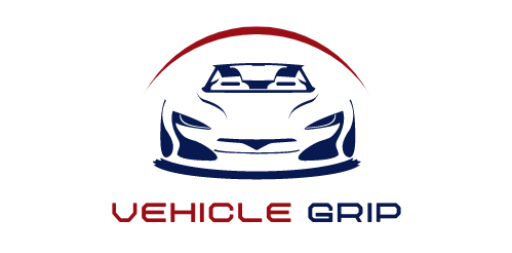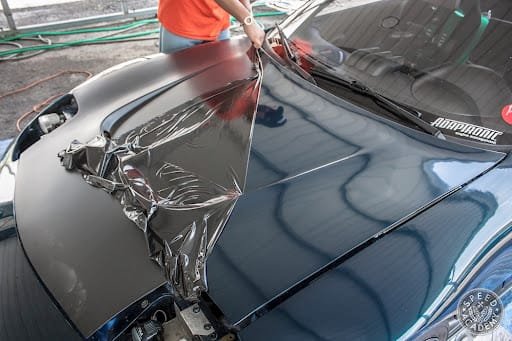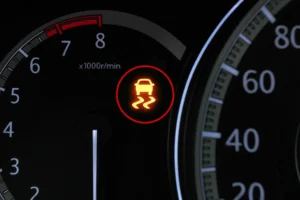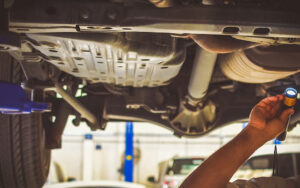Imagine giving your car a fresh, new look without the permanence of traditional paint or the expense of a full wrap. Plasti Dip offers this flexibility—a removable, rubberized coating that allows for customization and protection.
Whether you’re aiming for a matte finish, a bold color change, or simply protecting your vehicle’s surfaces, Plasti Dip has become a popular choice among car enthusiasts.
But how long does this versatile coating last? The longevity of Plasti Dip depends on various factors, including application techniques, environmental conditions, and maintenance practices.
In this guide, we’ll delve into the lifespan of Plasti Dip, offering insights and tips to ensure your vehicle maintains its refreshed appearance for as long as possible.
Understanding Plasti Dip
Plasti Dip is a sprayable, rubberized coating that dries to form a flexible, protective layer over various surfaces. Originally designed for tool handles, its application has expanded to automotive uses, allowing for temporary color changes and surface protection. One of its key features is its peelability, enabling users to remove it without damaging the underlying surface.
Typical Lifespan of Plasti Dip
When properly applied and maintained, Plasti Dip can last between 3 to 5 years on a vehicle’s body. However, this duration can vary based on several factors:
- Application Quality: A thorough application with multiple coats enhances durability.
- Environmental Exposure: Vehicles frequently exposed to harsh sunlight, extreme temperatures, or inclement weather may experience a reduced lifespan of the coating.
- Maintenance Practices: Regular cleaning and avoiding abrasive materials can prolong the coating’s life.
It’s worth noting that areas like wheels or bumpers, which are subject to more wear and tear, might see a shorter lifespan, typically around 1 to 2 years.
Factors Influencing Durability
Several elements can impact how long Plasti Dip remains effective:
- Number of Coats: Applying 6 to 8 coats is recommended for optimal durability and ease of removal.
- Surface Preparation: Ensuring the surface is clean, dry, and free from contaminants before application is crucial.
- Environmental Conditions During Application: Applying Plasti Dip in a controlled environment, avoiding high humidity or extreme temperatures, ensures better adhesion and finish.
- Post-Application Care: Regular hand washing and avoiding petroleum-based cleaners help maintain the coating’s integrity.
Maintenance Tips for Longevity
To maximize the lifespan of your Plasti Dip coating:
- Gentle Cleaning: Use mild soap and water for cleaning. Avoid high-pressure washers and abrasive materials.
- Avoid Harsh Chemicals: Steer clear of petroleum-based products, as they can degrade the coating.
- Regular Inspections: Periodically check for signs of peeling or damage, addressing issues promptly to prevent further deterioration.
- Storage Considerations: If possible, park in shaded areas or garages to minimize UV exposure.
Comparing Plasti Dip to Other Options
While Plasti Dip offers flexibility and ease of application, it’s essential to consider how it stacks up against alternatives:
- Vinyl Wraps: These typically last longer, around 5 to 7 years, and offer a broader range of finishes. However, they come at a higher cost and require professional installation.
- Traditional Paint: Permanent and durable, but lacks the removability of Plasti Dip and involves a more intensive application process.
Plasti Dip presents an accessible and versatile option for vehicle customization and protection. With proper application and care, it can serve effectively for several years. By understanding the factors that influence its longevity and adhering to recommended maintenance practices, you can ensure your vehicle retains its refreshed appearance for as long as possible.




